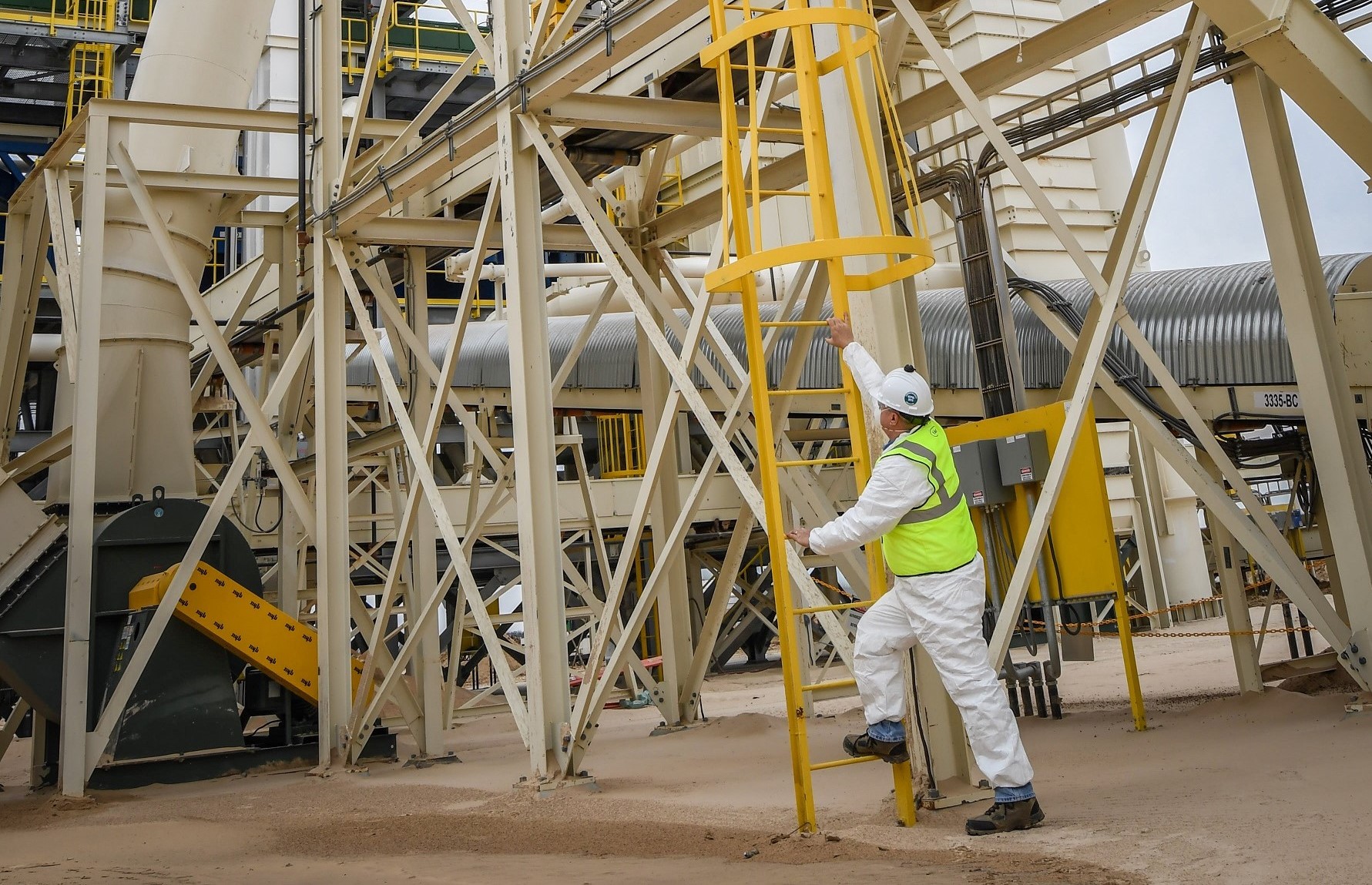OSHA Final Rule on Silica and How it Affects You – Video
On March 24 OSHA announced a final rule to improve protections for workers exposed to respirable silica dust. If your company has personnel at risk for silica exposure, you need to first conduct a hazard assessment for employee specific operations as a component of their health and safety program.
Conduct a Silica Hazard Assessment
Consider the following when conducting a hazard assessment:
First you need to determine if silica is present at a worker’s work-site. It’s a good idea to involve workers in this process and conduct a work-site tour. If the answer is yes, determine who might be at risk Then look at each group of workers and determine specific tasks that they conduct.
Next, prioritize the exposures based on the workers by tasks that are anticipated to be the most elevated and by the number of workers at risk. Then implement interim controls where elevated exposures are anticipated such as workers breathing visible dust that is known to contain silica and then conduct representative exposure measurements to determine airborne silica levels.
Evaluate by monitoring results and existing controls and determine if and what additional controls are required. Document and communicate results and control requirements to workers and management. Conduct inspections and periodic re-assessment when change occurs.
Examples of change may include a new site configuration, wind direction, introduction of new products, new controls, etc. You then will want to implement appropriate controls to mitigate hazards to acceptable levels and develop what IAC calls a Silica Exposure Control Plan.
To find out more about developing a Silica Exposure Control Plan and information about the new silica rule, read our article on the New OSHA Silica Exposure Rule.
IAC offers a 3-Phase RCS compliance plan and dust collection technologies. Let our engineers help you develop an OSHA or MSHA compliance plan today!



